Embark on a journey to understand and manage hollow feet (pes cavus) with our expert guide. Dive into the causes, symptoms, and a range of effective treatments from orthotics to surgery, designed to offer relief and improve your quality of life. Discover how to choose the right footwear and orthotics for ultimate comfort and support.
Introduction
Pes cavus, or hollow feet, presents a unique set of challenges and discomforts due to its unusually high arch. This detailed guide explores the origins, symptoms, and comprehensive management strategies for those living with high arches. From pain relief methods and selecting the ideal footwear to exploring surgical options, we provide authoritative insights to navigate this condition and enhance your comfort.

Table of Contents
What Causes Hollow Feet?
| Genetic Predisposition: Often, hollow feet run in families, indicating a genetic factor at play. |
| Neurological Disorders: Conditions affecting the nervous system, such as Charcot-Marie-Tooth disease, can cause hollow feet by altering muscle tone and balance. |
| Foot or Ankle Trauma: Injuries affecting the foot or ankle may lead to structural changes, resulting in a higher arch. |
| Muscle Imbalances: Dysfunctional or weak foot and leg muscles can lead to pes cavus by changing foot mechanics. |
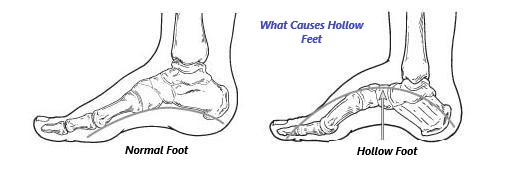
What Are the Symptoms of Hollow Feet?
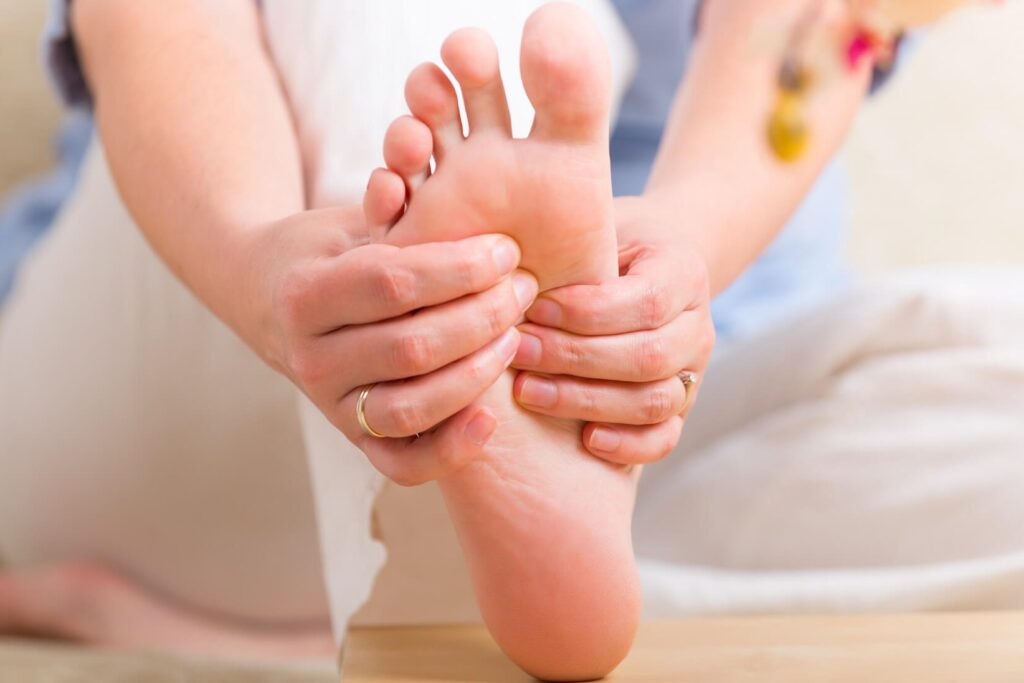
| Pain and Discomfort: The unique foot shape can cause pain, especially in the heel or ball of the foot, due to increased pressure. |
| Walking Difficulties: High arches can compromise the foot’s shock absorption and surface adaptation capabilities, affecting walking and balance. |
| Calluses and Blisters: Pressure points on the foot may lead to skin irritation, resulting in calluses and blisters. |
| Instability: The elevated arch can reduce foot stability, heightening the risk of ankle sprains and falls. |
How Are Hollow Feet Diagnosed?
| Physical Examination: A healthcare provider will assess the foot’s structure, muscle strength, flexibility, and observe gait and balance. |
| X-rays: These imaging tests can delineate the foot’s architecture, confirming a high arch and identifying any related anomalies or injuries. |
| Nerve Conduction Studies: To diagnose underlying neurological conditions, these studies may be conducted to check nerve functionality in the legs and feet. |
| Genetic Testing: For suspected hereditary conditions, genetic testing can pinpoint specific genetic mutations. |
What Are Effective Treatment Strategies for Hollow Feet?
Managing hollow feet, or pes cavus, involves a holistic approach aimed at reducing discomfort, enhancing foot function, and preventing further complications. The treatment strategy varies depending on the severity of the condition and its underlying causes. Here’s an overview of the most effective management strategies for hollow feet:
Conservative Treatments
| Orthotic Devices: Custom-made orthotics are a cornerstone of managing hollow feet. They’re designed to fit the unique contours of your feet, offering arch support and redistributing pressure to alleviate painful areas. |
| Physical Therapy: Tailored physical therapy programs can strengthen foot and ankle muscles, improve balance, and increase flexibility. Stretching exercises are particularly beneficial for easing tightness and discomfort. |
| Appropriate Footwear: Selecting the right shoes is critical. Look for features like substantial arch support, a wide and deep toe box, firm heel counters for stability, and adequate cushioning to mitigate pressure on the heel and ball of the foot. |
| Padding and Taping: To provide immediate relief from discomfort and stabilize the foot, padding and taping techniques can be employed. These methods help reduce stress on the arch and enhance foot stability. |
Advanced Treatments
| Medications: NSAIDs can address pain and inflammation. For more intense cases, corticosteroid injections may be considered to alleviate inflammation and discomfort. |
| Bracing: Ankle braces or custom foot braces offer additional support for those experiencing significant instability, helping to prevent injuries. |
| Nerve Stimulation: Electrical nerve stimulation therapies may benefit individuals with neurological conditions contributing to hollow feet, aiding in symptom management. |
Surgical Interventions for Hollow Feet
Surgical treatment becomes an option when conservative measures fail to provide relief, or when structural deformities cause severe pain, instability, and functional limitations. The goals of surgery include deformity correction, pain relief, improved stability, and enhanced functionality. Surgical considerations include:
When Surgery is Considered
| Persistent Pain: Surgery may be indicated for unmanageable pain through non-surgical means. |
| Significant Structural Deformity: Severe pes cavus resulting in a rigid foot structure may necessitate surgical correction. |
| Instability and Falls: Surgery can address underlying instability to prevent frequent sprains and improve balance. |
| Failure of Conservative Treatments: Surgery is considered after conservative treatments have been exhausted without significant improvement. |
Types of Surgical Procedures
| Soft Tissue Procedures: Addressing soft tissue imbalances through tendon lengthening or transfers, and releasing tight structures to improve foot flexibility. |
| Osteotomies: Bone realignment procedures correct the high arch and improve foot alignment. |
| Arthrodesis (Fusion Surgery): Fusing one or more foot joints can provide stability, reduce pain, and correct the arch in severe cases. |
| Triple Arthrodesis: A specific fusion targeting the hindfoot joints to correct severe deformities and provide substantial stability. |
Considerations and Risks
| Recovery Time: Surgical recovery can vary, often requiring several weeks to months of non-weight bearing and rehabilitation to restore strength and mobility. |
| Risks: As with any surgery, there are risks of complications such as infection, nerve damage, or the possibility that the surgery does not fully alleviate symptoms. |
| Long-Term Outcomes: While surgery can significantly improve symptoms and function, it’s important to have realistic expectations and understand that some level of ongoing care or lifestyle modification may still be necessary. |
Selecting the Right Footwear and Orthotics for Hollow Feet
For those dealing with hollow feet, choosing appropriate footwear and orthotic devices is essential for ensuring comfort, providing adequate support, and mitigating potential complications. This guide offers insights into making informed choices about footwear and orthotics tailored to the needs of individuals with high arches.
Footwear Recommendations for Hollow Feet
| Arch Support: Opt for shoes with substantial arch support to evenly distribute foot pressure, alleviating discomfort and reducing pain. |
| Wide and Deep Toe Box: Shoes featuring a spacious toe box accommodate high arches comfortably, minimizing pressure points and decreasing the likelihood of calluses and blisters. |
| Cushioning: Select shoes with sufficient cushioning to absorb impacts, lessening stress on the heel and forefoot, which are commonly painful areas for those with hollow feet. |
| Adjustable Closure: Footwear with adjustable features like laces, buckles, or Velcro straps allows for a customized fit, enhancing comfort for high-arched feet. |
| Stability Features: Stability-enhancing shoes can prevent ankle sprains and falls, offering a firmer footing and increased security. |
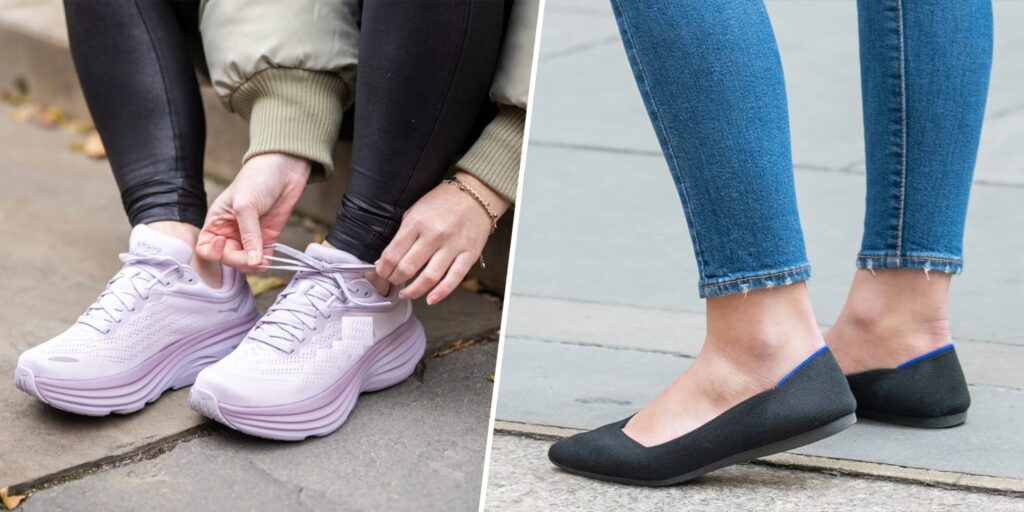
Orthotic Solutions Tailored for Hollow Feet

| Custom Orthotics: Specially crafted orthotics designed to match the unique shape of your feet can offer precise support and cushioning, targeting areas of discomfort and pain relief. |
| Over-the-Counter (OTC) Inserts: While not custom-made, OTC arch supports and insoles for high arches can still provide considerable relief and enhance the fit of regular footwear. |
| Heel Cups or Pads: Utilizing heel cups or pads can distribute heel pressure more evenly, aiding in shock absorption and preventing conditions like heel spurs. |
| Metatarsal Pads: Positioned under the ball of the foot, these pads assist in redistributing pressure away from tender areas, fostering better foot alignment. |
| Ankle Braces or Supports: Individuals experiencing foot instability or frequent ankle sprains may benefit from the additional stability offered by ankle braces or supports, helping to avert injuries. |
Tips for Selecting Footwear and Orthotics
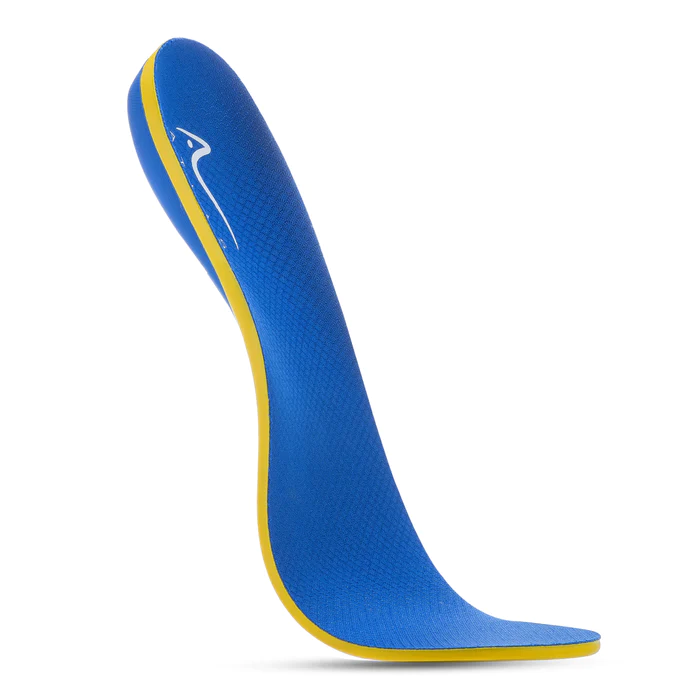
| Seek Professional Guidance: A consultation with a podiatrist or foot specialist can clarify which footwear and orthotic options best suit your specific needs. |
| Ensure Proper Fit: It’s crucial that both shoes and orthotics fit well. Poorly fitted items can worsen foot issues rather than providing relief. |
| Adapt Gradually: Give yourself time to adjust to new orthotics or shoes by wearing them for short intervals initially, gradually extending wear time as comfort increases. |
| Prioritize Quality: Investing in high-quality footwear and orthotics may cost more upfront but typically offers superior support, comfort, and longevity. |
| Regularly Reassess Needs: As feet can undergo changes over time, periodically reevaluating your footwear and orthotic requirements is advisable to ensure ongoing support and comfort. |
By following these guidelines, individuals with hollow feet can make informed decisions about their footwear and orthotic needs, leading to improved comfort, enhanced support, and a reduction in foot-related discomforts.
FAQ Section
Q: What are the main causes of hollow feet?
A: Hollow feet can arise from genetic predisposition, neurological disorders, foot or ankle trauma, and muscle imbalances, each contributing to the development of high arches.
Q: How can I alleviate the pain associated with hollow feet?
A: Pain relief can be achieved through conservative treatments like custom orthotics, physical therapy, appropriate footwear, and padding. In more severe cases, medications, bracing, or surgical interventions might be necessary.
Q: What should I look for in footwear if I have hollow feet?
A: Opt for shoes with substantial arch support, a wide and deep toe box, adequate cushioning, adjustable closures, and stability features to accommodate high arches comfortably and securely.
Q: Are there surgical options for treating hollow feet?
A: Yes, surgery may be considered for unmanageable pain, significant structural deformity, instability, or when conservative treatments fail. Procedures range from soft tissue adjustments to osteotomies and arthrodesis, depending on the specific needs.
Conclusion
Navigating the complexities of hollow feet requires a comprehensive understanding and a proactive approach to management. By embracing the right combination of treatments, footwear, and orthotics, individuals with high arches can significantly improve their comfort and foot health. Remember, personalized advice from a healthcare professional is invaluable in crafting a treatment plan tailored to your unique situation, ensuring you can lead a more comfortable and active life despite the challenges of pes cavus.
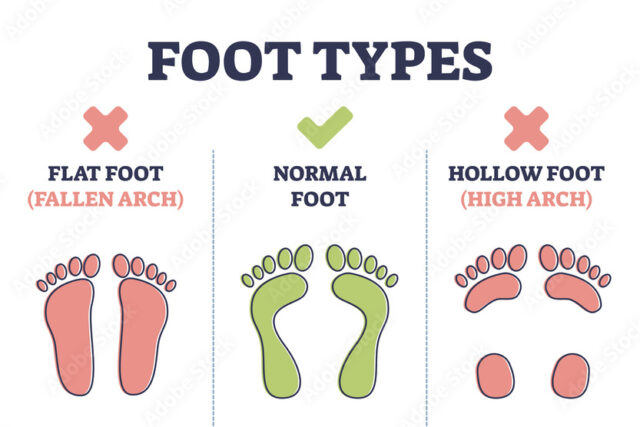
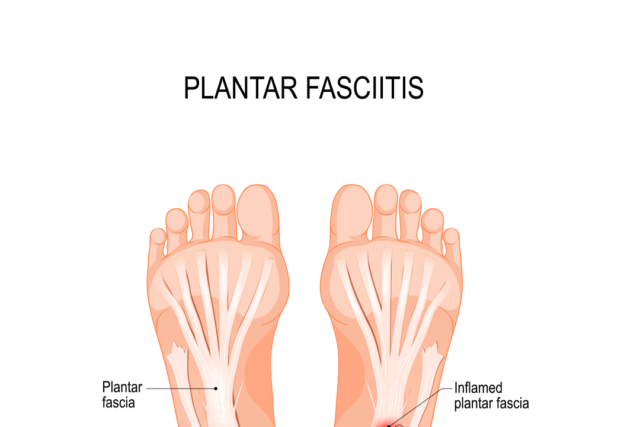
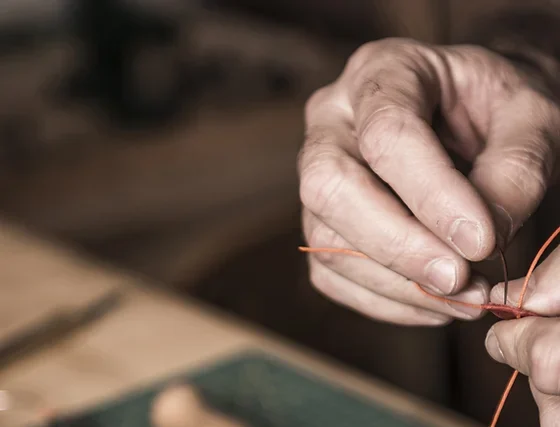
MOST COMMENTED
Animal-Based Proteins / Casein Protein / Dietary Protein / High-Protein Diets / Pea Protein / Plant-Based Proteins / Protein / Protein Deficiency / Protein Supplements / Proteins / Whey Protein / Whey Proteins
Is Protein Powder Safe for Teenagers and Children?
Animal-Based Proteins / Casein Protein / Dietary Protein / High-Protein Diets / Pea Protein / Plant-Based Proteins / Protein / Protein Deficiency / Protein Supplements / Proteins / Whey Protein / Whey Proteins
Unlock the Power of Proteins for Optimal Gut Health
Multivitamin
Total Health: Multivitamin for Active Lifestyles
Multivitamin
WellnessFusion: Complete Multivitamin Support
Dietary Supplement
Revitalize Your Health: The Magic of Red Yeast Rice Capsules
Foot care / Foot Health
Revitalize Your Foot Care Routine: Essential Tips for Optimal Foot Health
Foot Problem / Diabetics / Foot Health
Diabetics: Mastering Footwear Selection for Enhanced Foot Health and Ultimate Comfort
Exercises and Footwear Tips for Hammertoe Relief / Foot care / Foot Health / Foot Pain / Foot Problem / Hammertoes
Unlock Effective Exercises and Footwear Tips for Hammertoe Relief
Hammertoes / Foot Health / Foot Pain / Foot Problem
Unlock Relief: Essential Guide to Hammertoes Causes, Symptoms, and Treatments
Foot Problem / Foot Health
Revolutionize Your Recovery: Natural Remedies for Plantar Fasciitis – Fresh Home Keepers